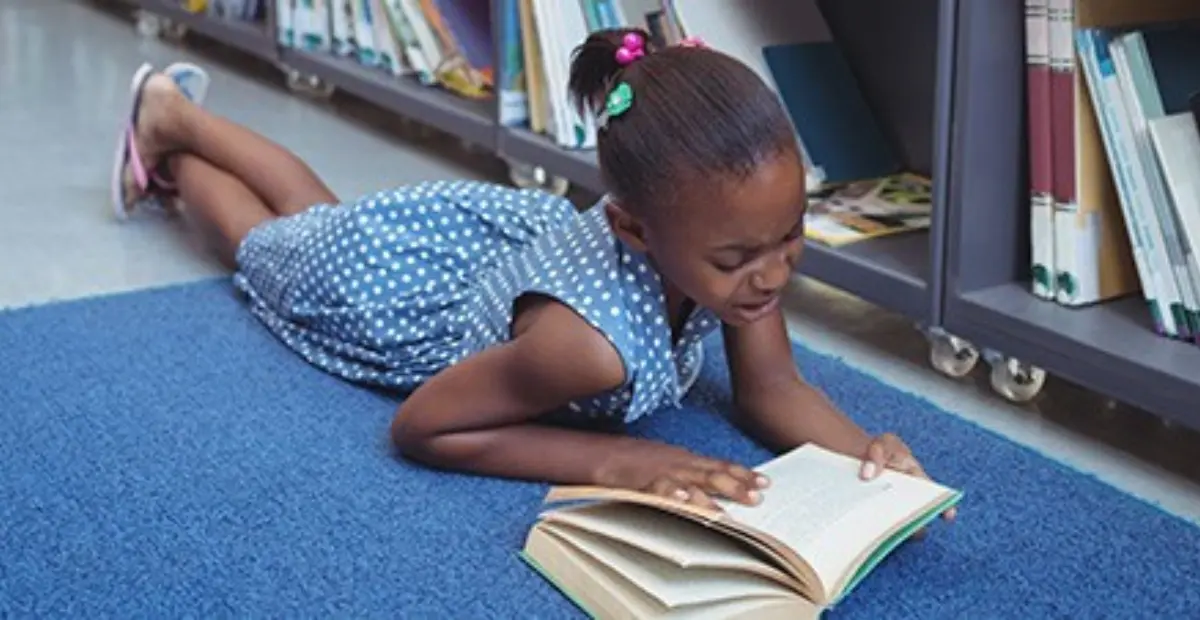Strategies to get students to read more have many similarities to strategies for getting children to eat more vegetables.
Much like vegetables, when it comes to getting children to read, giving them the ability to choose what they want to learn will get them to read more. Choices, like reaching for carrots instead of chips, put children into a situation where they are encouraged to perform the task that is better for them, making them more interested in doing the work.
A 2010 article by Jenna Cambria and John Guthrie offers choice as one of the key motivating factors for getting students to read.
This is not to say that everything they read has to be their choice. Lessons can be broken down to give students options for how they approach the material. What character are we going to read about today? Which lesson are we going to learn? Who wants to be the reader for specific pages?
Offering choices give a certain amount of ownership. The teacher is still controlling the direction of the class, but the students have a small say. That small investment keeps them interested in the subject at hand.
Reading about something they have selected keeps students motivated on the topic. Required reading can be a drag. It is a challenge to keep students moving forward in a book they show no interest in. Even if the book is required reading, there are ways to give students a choice. Like becoming an expert on one of the topics or characters. This gives them some power over the assignment, giving them the encouragement to keep reading.
When students have the opportunity to read for pleasure, offering a wide selection of books is critical. Children today have dozens of options for how they can spend their time. Choosing the books they want to read puts that activity at the top of the list. Spending time reading for pleasure on a topic they enjoy encourages them to read more. More frequent reading offers a wide variety of benefits, including building a more extensive vocabulary. While having a library in the home is ideal, introducing students to the school library and the public library will help with that diversity of options.
When students read, they want the experience to be more than a required activity they have to perform. The material they are reading should be something they enjoy, not a checkmark in a box. They do not want it to be eating their vegetables because they have to. Vegetables are best when they taste good or make the meal better. Giving the students a choice in what they read, either in the narrow terms of a lesson or the full range of shelves in a library, brings students closer to becoming readers who are always looking for their next book!




